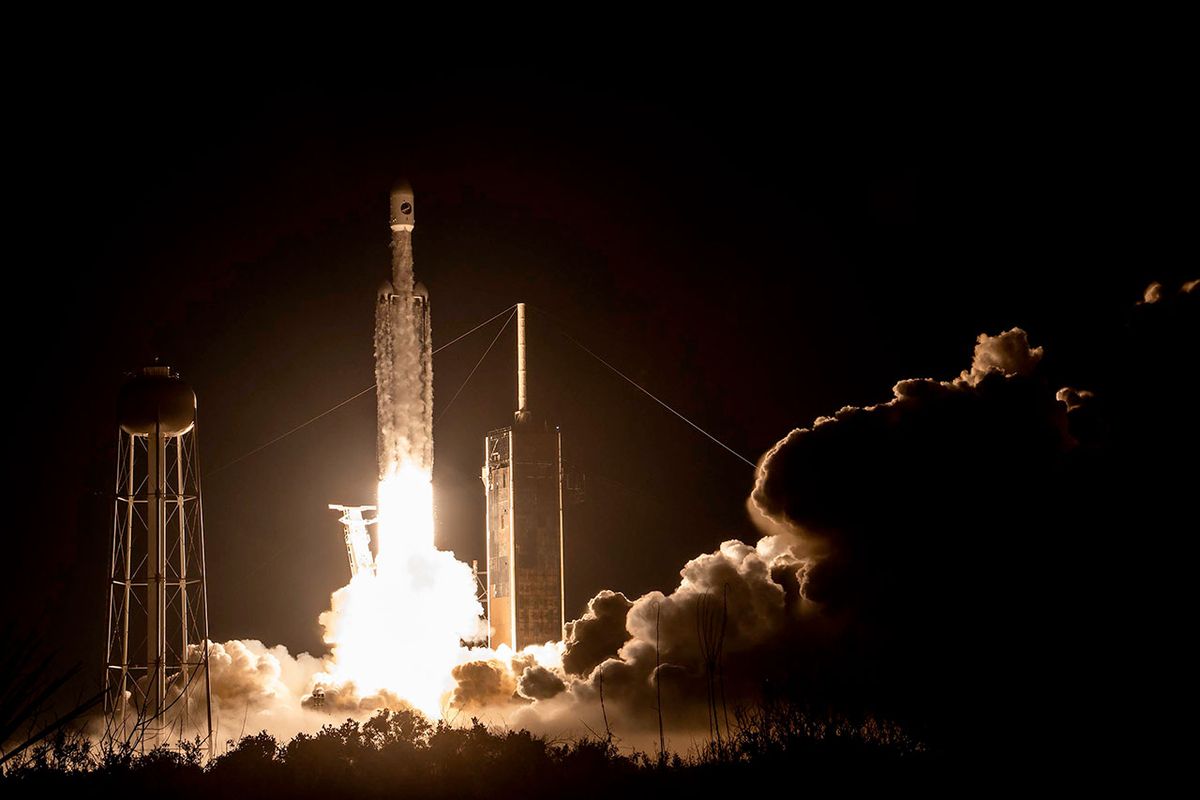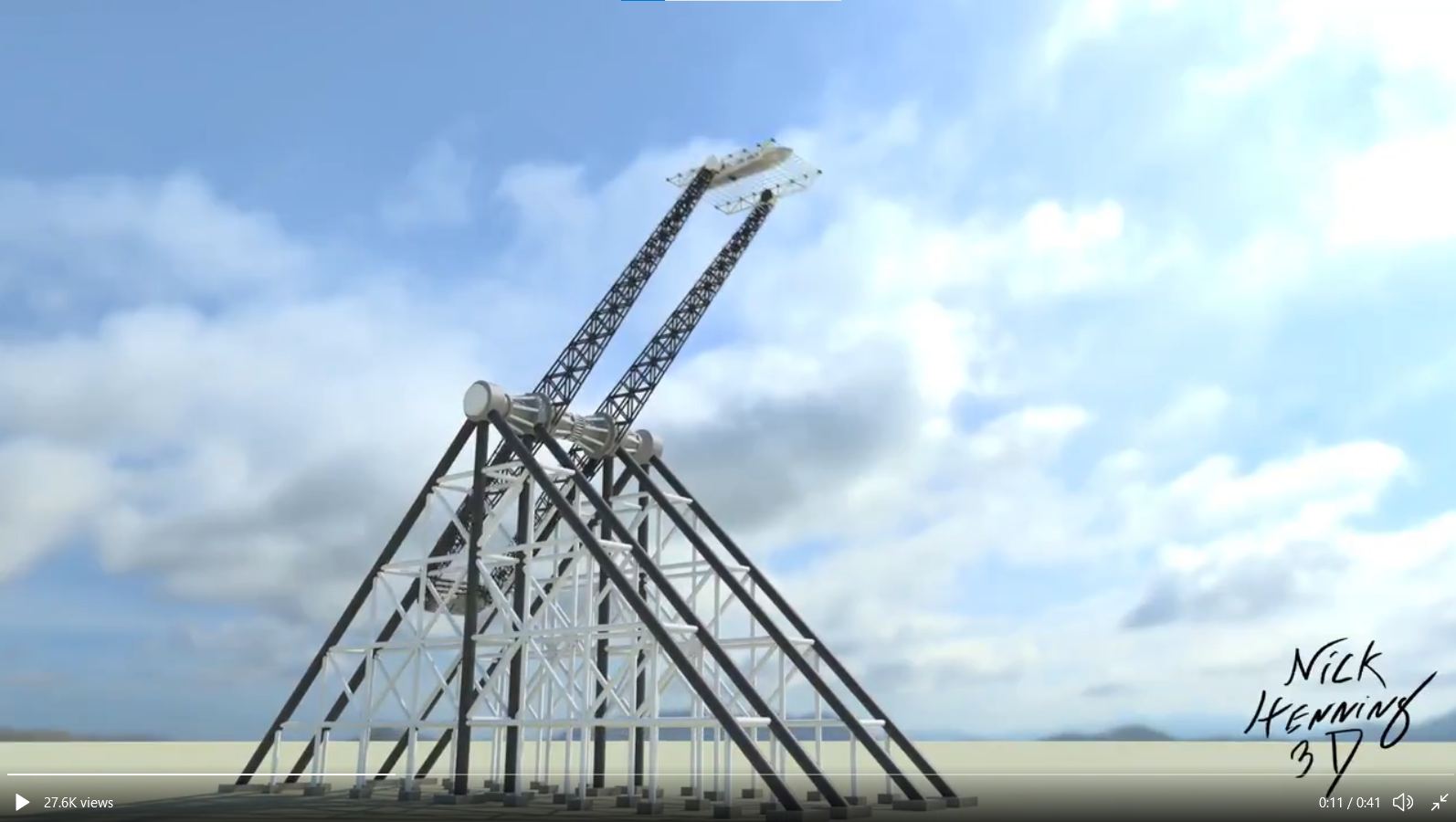Reusable launch vehicles have been a boon for the commercial space industry. By recovering and refurbishing the first stages of rockets, launch providers have dramatically reduced the cost of sending payloads and even crew to space. Beyond first-stage boosters, there are efforts to make rockets entirely reusable, from second stages to payload fairings. There are currently multiple strategies for booster recovery, including mid-air retrieval using helicopters and nets. Still, the favored method involves boosters returning to a landing pad under their own power (the boost-back and landing maneuver).
This strategy requires additional rocket propellant for the booster to land again, which comes at the expense of payload mass and performance for the ascent mission. As an alternative, researchers from the National Office Of Aerospace Studies And Research (ONERA) propose two new types of strategies that would allow boosters to return to their launch site. These are known as “glide-back” and “fly-back” architectures, both of which involve boosters with lifting surfaces (fins and wings) performing vertical takeoff and horizontal landing (VTVL) maneuvers.
Continue reading “Reusable Rockets Could Fly Back to Their Launch Sites With Wings”










